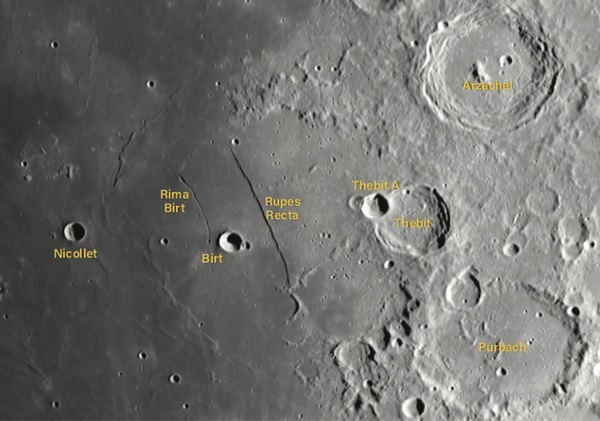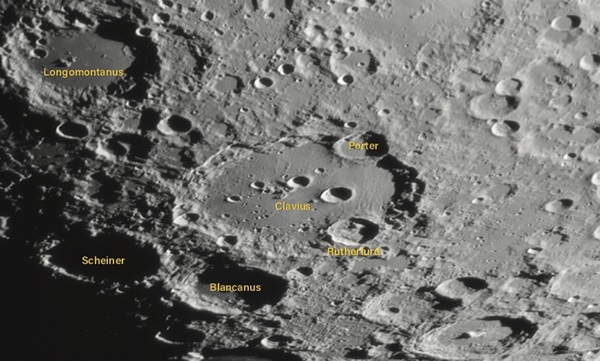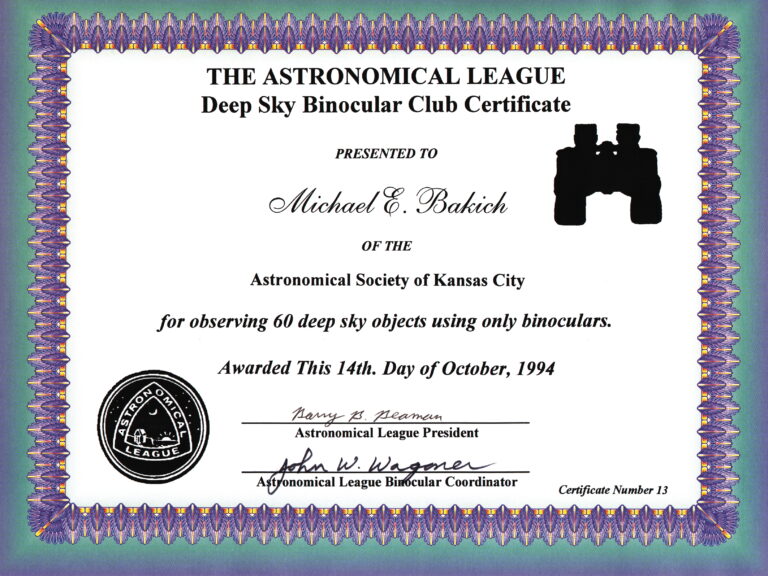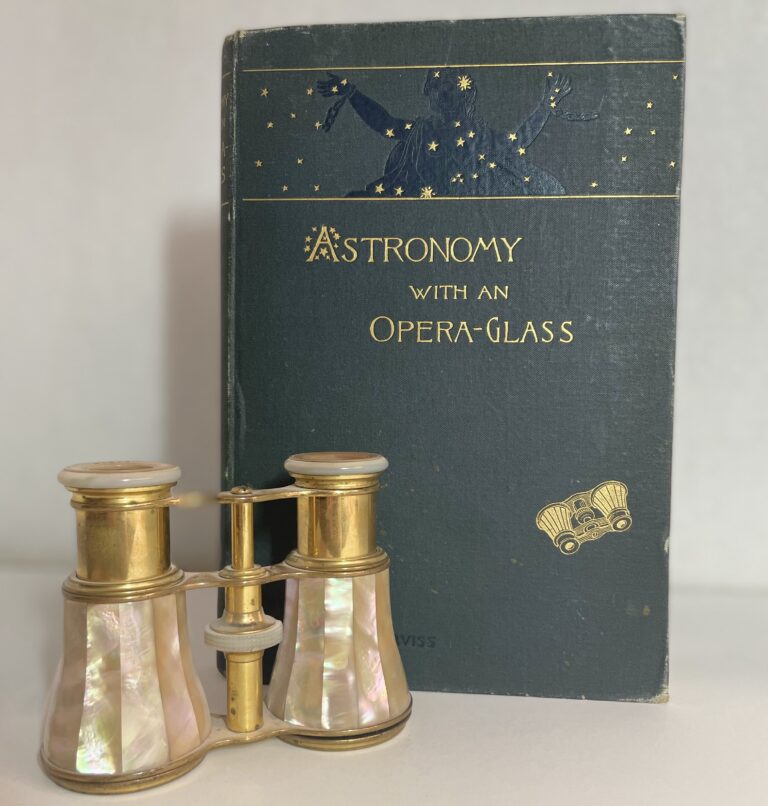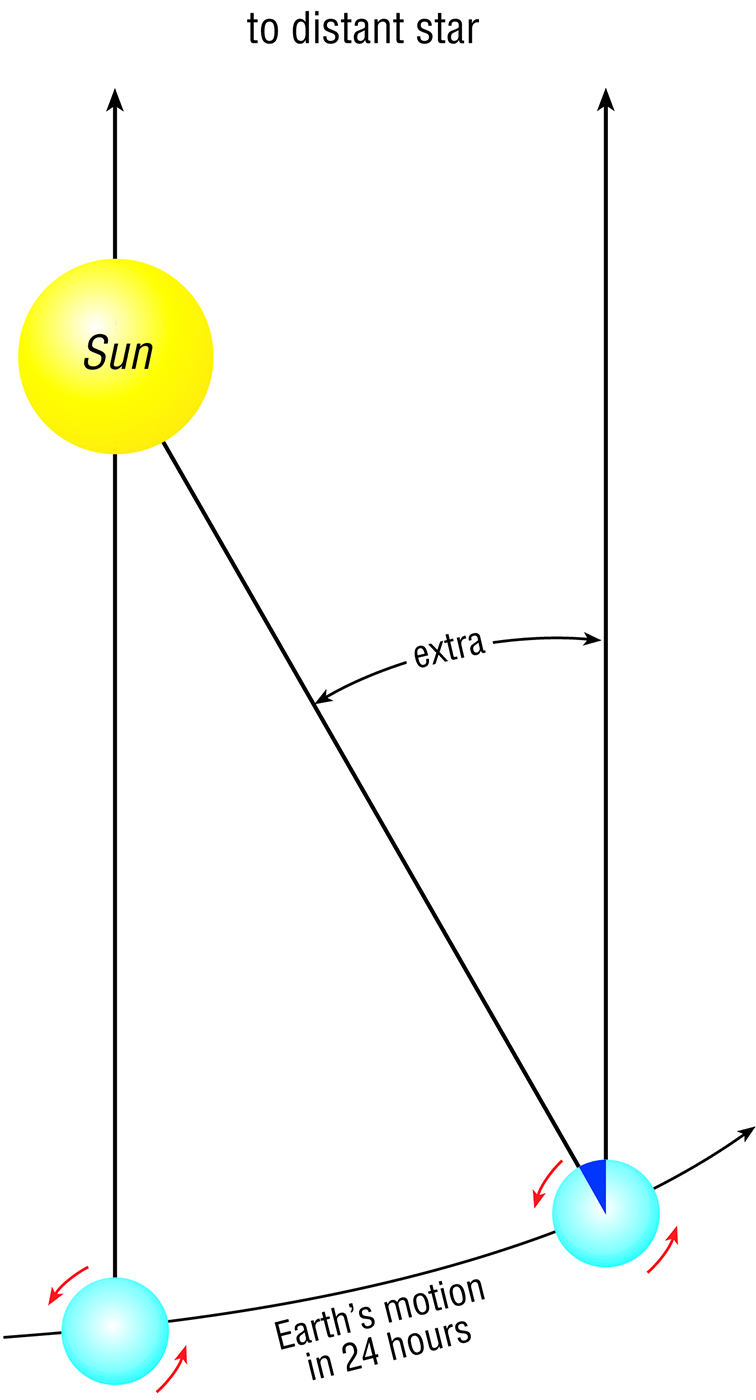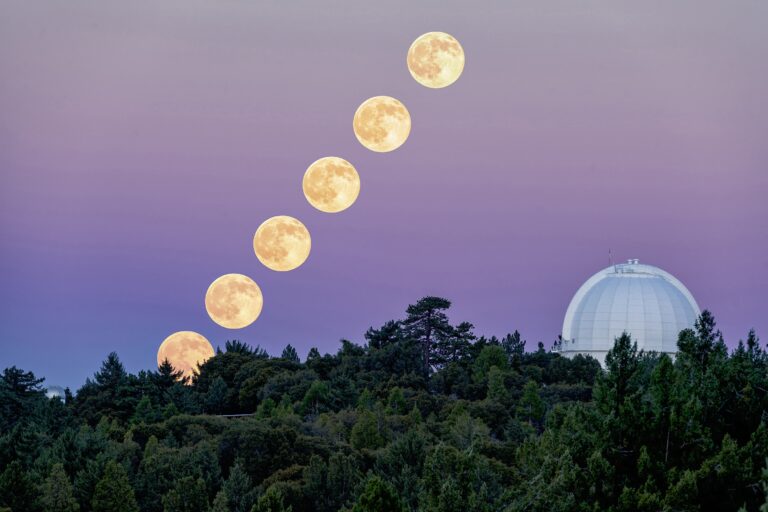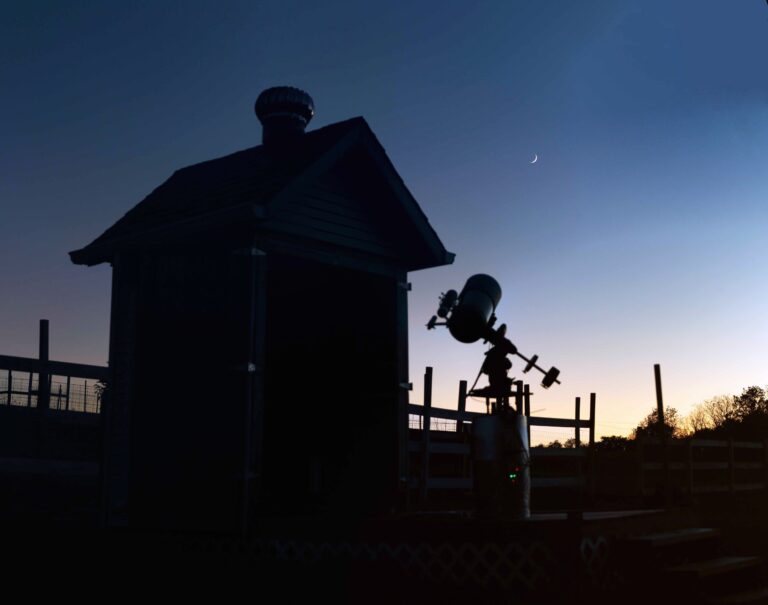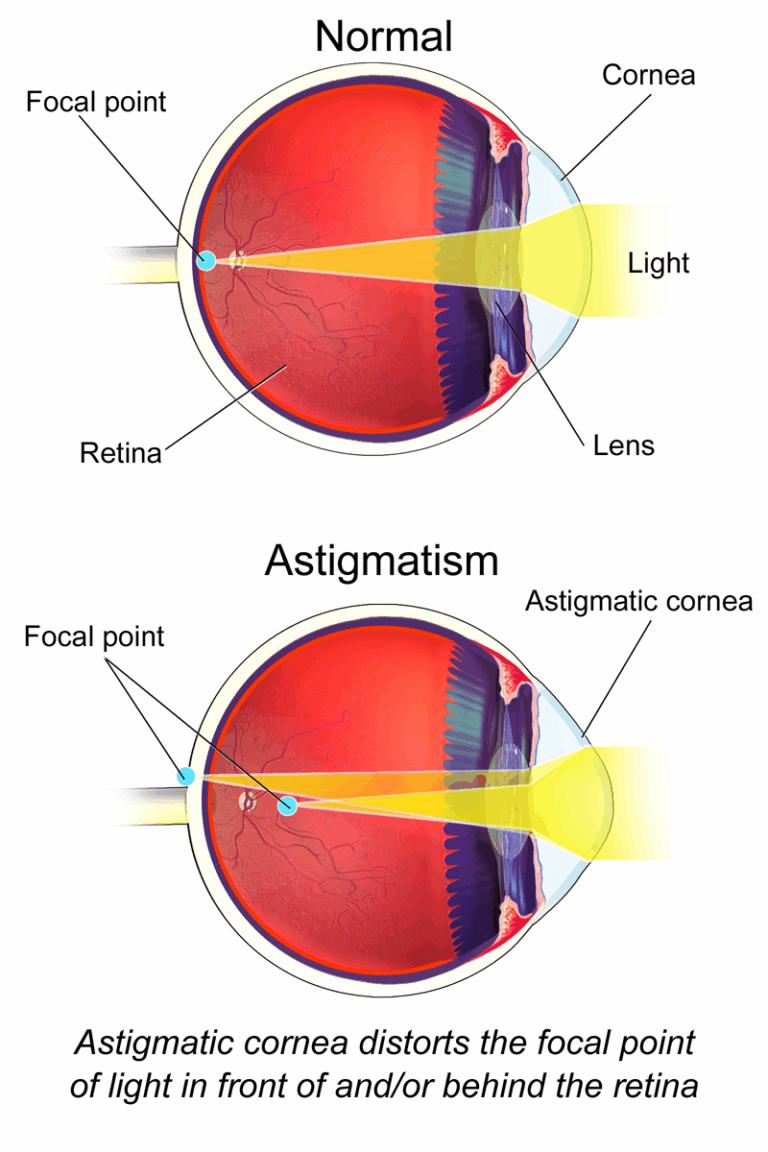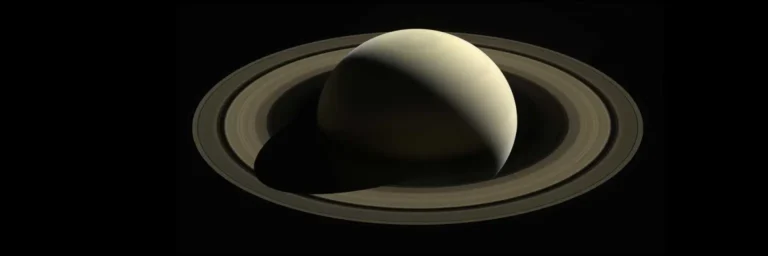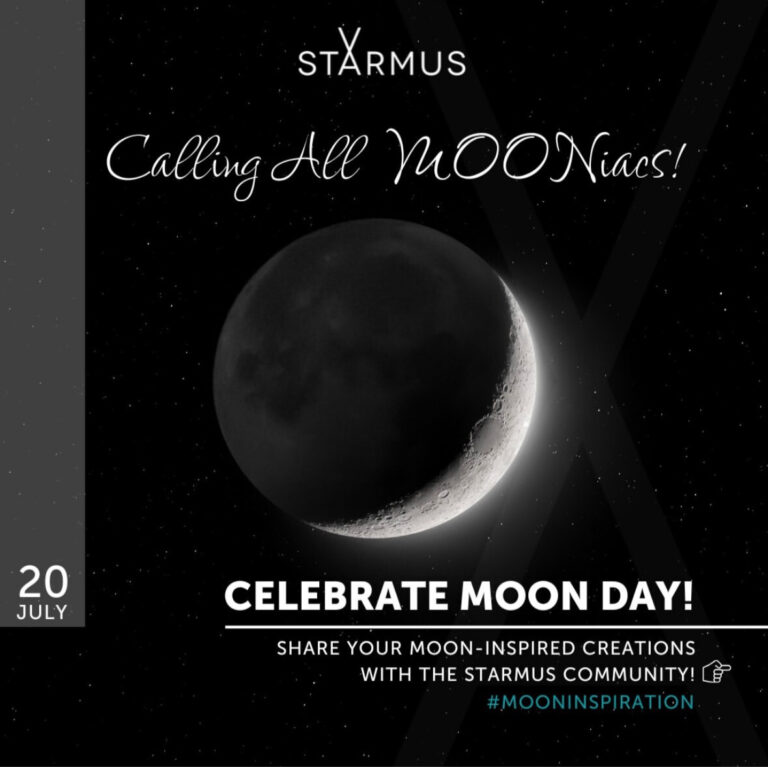Key Takeaways:
Two intervals during the lunar “month” (from one New Moon to the next) are best for observers. The first begins shortly after New Moon and continues until two days past First Quarter. Amateur astronomers tend to favor this span because the Moon lies in the evening sky. An equally good observing period starts about two days before Last Quarter and goes until the Moon lies so close to the Sun that it’s lost in morning twilight. During each of these spans, shadows are longer and features stand out in sharp relief. One benefit you’ll get if you observe the Last Quarter Moon is that the atmosphere before dawn is steadier than after sunset, when a lot of heat remains in the atmosphere.
Strategy
The best places to point your telescope lie along the terminator, the line that divides the Moon’s light and dark portions. Here you can spot the tops of mountains protruding just high enough to catch sunlight, while the surrounding lower terrain remains in shadow. On large crater floors, you can follow “wall shadows” cast by the towering sides of those craters. Features along the terminator change in real time and, during a night’s observing, the differences you’ll see through your telescope are striking. Observing on successive nights makes it easier to follow the terminator’s progress.
By far the greatest percentage of lunar features are craters. Craters range in size, so challenge yourself by finding the smallest crater you can see. Or see how many small craters (called craterlets) in a given area you can observe. For example, if you look at the floor of Plato Crater, a medium-size scope will reveal four craterlets, each about 1¼ miles (2 kilometers) across.
By the way, any quality telescope — of any type — will reveal lots of lunar details. Whether you own a 3-inch refractor, a 6-inch reflector, or a 14-inch SCT, you’ll see a lot. Observers without a permanent observatory usually pick a scope they can set up many nights in a row.
Moon watchers use two other ways to cut the Moon’s brightness. Boosting the magnification reduces the field of view so less light gets through. New observers, however, may find identifying features in such tiny areas difficult. The other way is to use an aperture mask — a round piece of cardboard with a hole cut out. It covers the front of your telescope so less light gets through, but doesn’t limit the field of view.
Where to start
One of the best ways to learn the Moon is to have a lunar map or globe with labeled features next to your telescope while you observe. Start by finding a prominent crater that’s currently visible and work outward from it. You’ll quickly learn how your telescope’s field of view differs from your reference. Some scopes flip the image; others rotate it 180°. Yours may do both.
You’ll find one great choice for a Moon globe at MyScienceShop.com. This 12-inch diameter globe, based on images supplied by the Lunar Reconnaissance Orbiter (launched in 2009 and still orbiting the Moon), has 1,473 features labeled.
When you do head out, get comfortable (I love sitting in a chair), take your time, and have fun.

